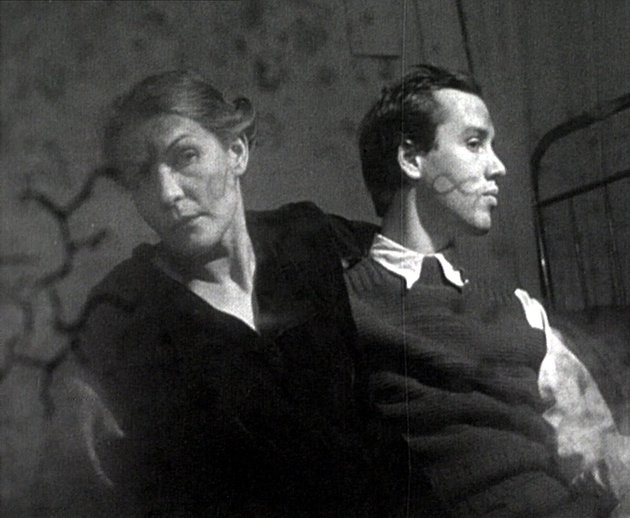
ZWISCHEN ZWEI KRIEGEN / ENTRE DUAS GUERRAS
HARUN FAROCKI
A film about the time of the blast furnances – 1917-1933 – about the development of an industry, about a perfect machinery which had to run itself to the point of its own destruction. The essay from the Berlin filmmaker, Harun Farocki, on heavy industry and the gas of the blast furnace, convinces through the author's cool abstraction and manic obsession and through the utilization of a single example of the self-destructive character of capitalistic production: "The image of the blust furnace gas is real and metaphoric; an energy blows away uselessly into the air. Guided through a system of pipes, the pressure increases. Hence, a valve is needed. That valve is the production of war material." Between Two Wars is also a film about the strains of filmmaking and a reflection on craft and creation. Farocki distances himself radically from the thoughtless sloppiness of average television work. The clarity and the precise ordering of his black and white images, which do not illustrate thoughts but are themselves thoughts, are reminiscent of the late Godard. The poverty of this film – its production took six years – is at the same time its strength. (Hans C. Blumenberg, 1979)
biografia
Harun Farocki, (born 1944 in Nový Jicin / Neutitschein, died 2014, near Berlin). The oeuvre of the German filmmaker and video artist Harun Farocki comprises more than 100 feature films, essay films, documentaries, and video-installations. He was one of the most important directors of contemporary documentaries and essay films working in Germany. Since 1966 Farocki has also been collaborating with other filmmakers as scriptwriter, actor and producer. Since 1995 he had numerous exhibitions and installations in galleries and museums worldwide. His films and installations are generally socio-political in nature and reveal a keen interest in the role of technology in modern society. His films have dealt with such subjects as Vietnam, capitalism, labour systems, surveillance technology and military reconnaissance. Another recurrent theme in Farocki’s work has been the investigation of images and what lies behind them, of what is really visible to the viewer and likewise what remains invisible - essentially the possibilities of seeing. As Thomas Elsaesser has said: “Farocki’s films are a constant dialogue with images, with image making, and with the institutions that produce and circulate these images.” His films and installations are difficult to categorize and demand close viewing. Nothing is as it seems and the viewers are challenged to keep questioning what they see.